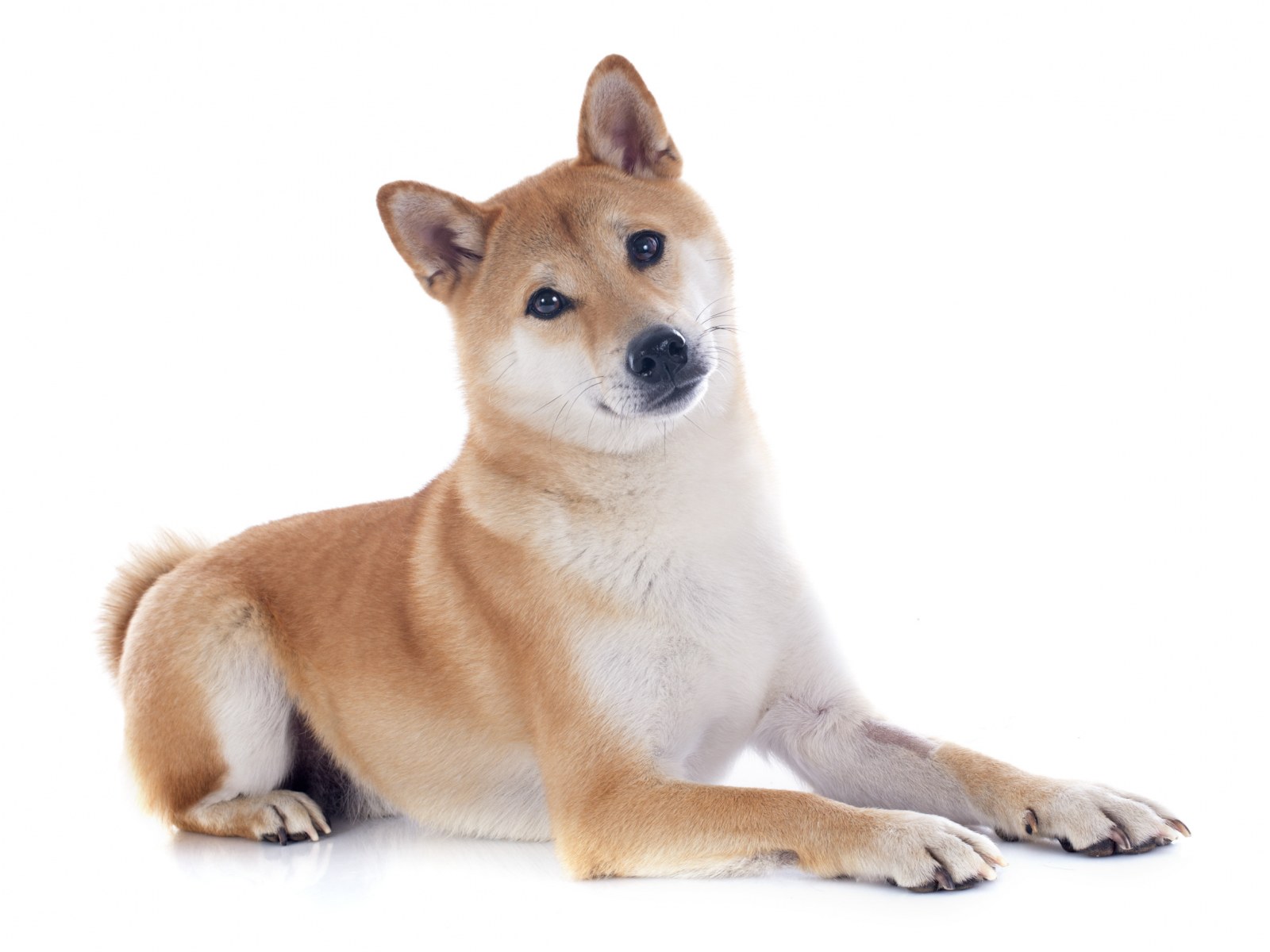Dachshunds shed their baby teeth between four and seven months of age. Sometimes some of them don’t fall out and the permanent teeth grow in alongside them. That’s not uncommon for a few days, but if it persists for a week or more, ask your veterinarian if it may have to be extracted.
Dental care begins in puppyhood. You can use a soft-bristle toothbrush and meat-flavored doggy toothpaste. Because dogs don’t spit, the foaming agents in human toothpaste can make them feel sick, and the high sodium content of baking soda is unhealthy. Brush a little, and give a treat. Make it a habit to brush once a day.
If you let plaque build up, it attracts bacteria and minerals, which harden into tartar. It spreads root ward, causing irreversible periodontal disease with tissue, bone, and tooth loss. The bacteria gain an inlet to the bloodstream, where it can cause kidney and heart valve infections.
Hard crunchy foods can help, but they won’t take the place of brushing. If tartar accumulates, your Dachshund may need a thorough cleaning under anesthesia. You wouldn’t think of going days, weeks, months, or even years without brushing your teeth. Why would you expect your dog to?
Occlusion
A Dachshund’s front teeth should meet, such that the top front teeth just barely overlap the bottom one. This is called a scissors bite. Some Dachshunds just like some people, have poor occlusion.
- Overbite: the front top teeth are well in front of the bottom ones, so a gap is between them.
- Level bite: the top and bottom front teeth meet tip to tip.
- Underbite: the top front teeth are behind the bottom ones.
- Parrot mouth: the top jaw is much longer than the bottom one, so the top canine teeth are in front of the bottom canine teeth, which is not the norm.
- Wry mouth: the occlusion may be under on one side over on the other.
- Base narrow: the bottom jaw is too narrow compared to the top, so that the bottom canine teeth may pierce the roof of the mouth. This often occurs along with a parrot jaw.

